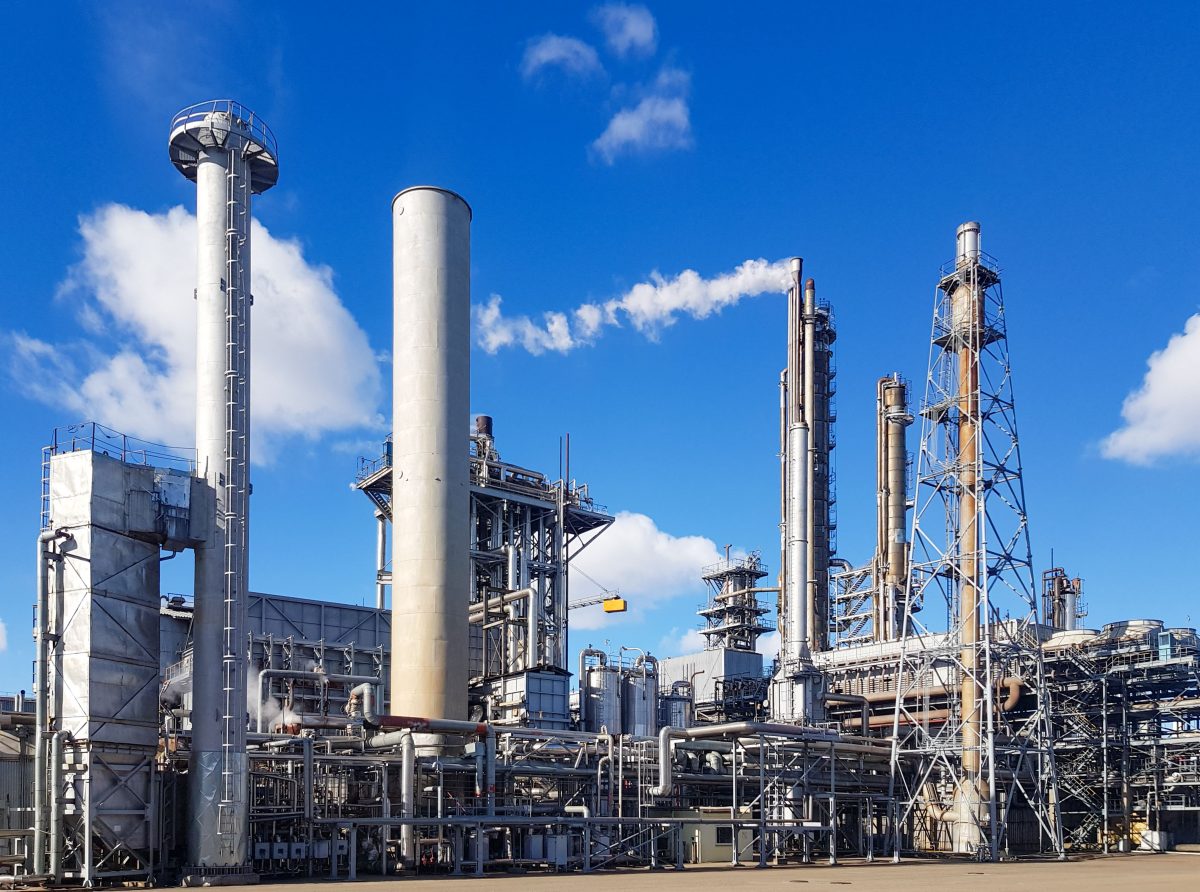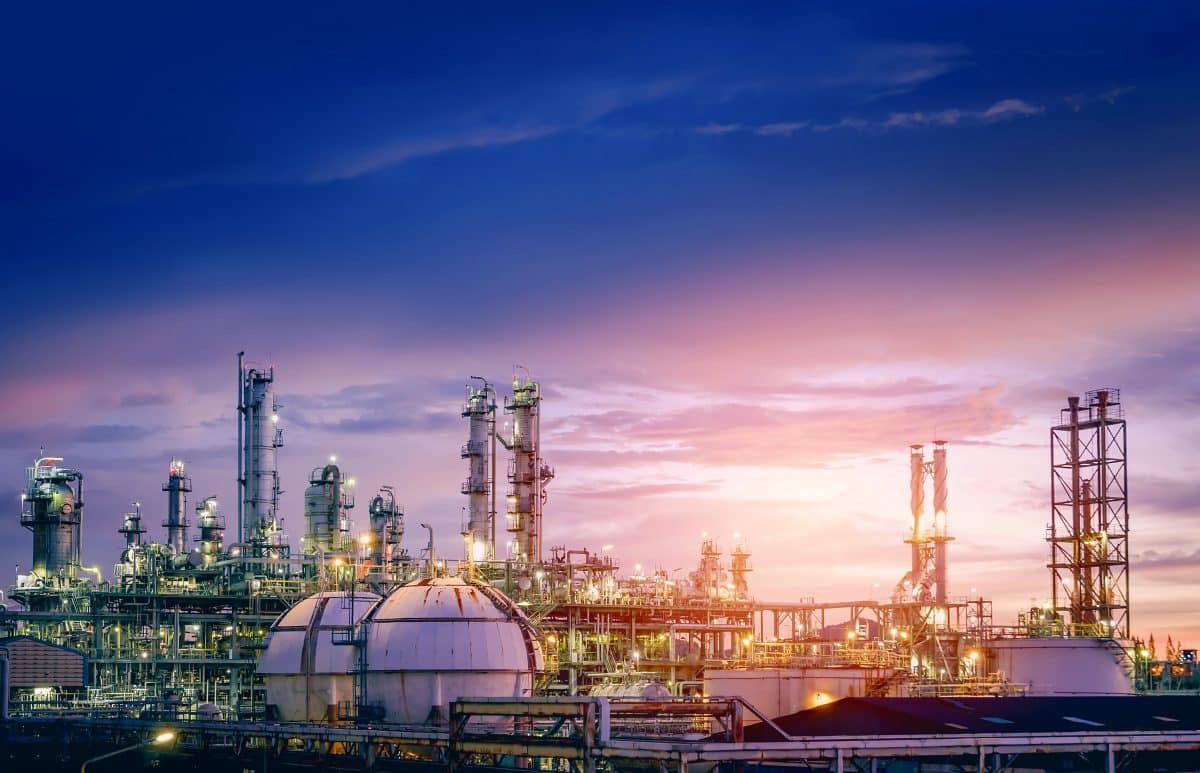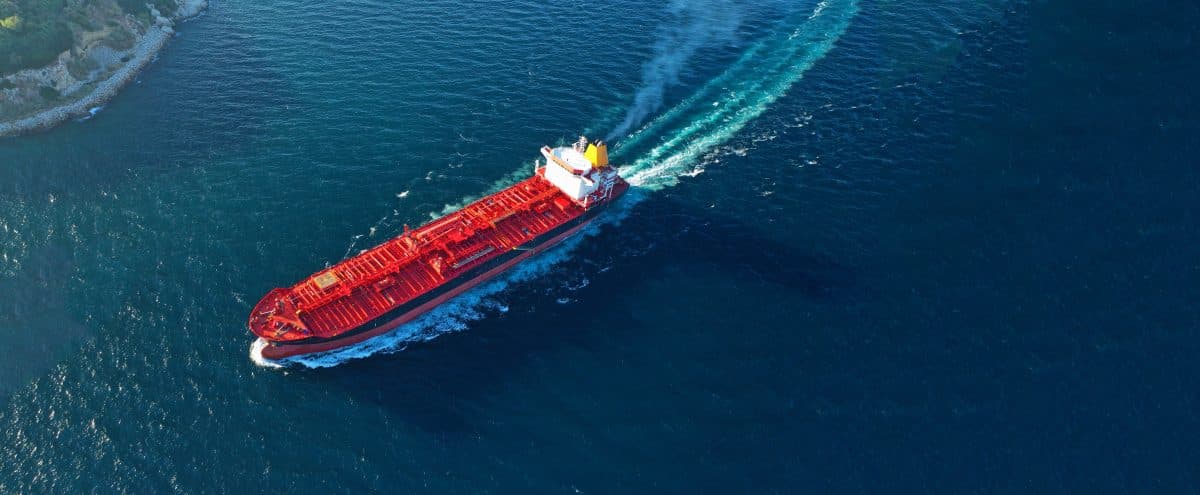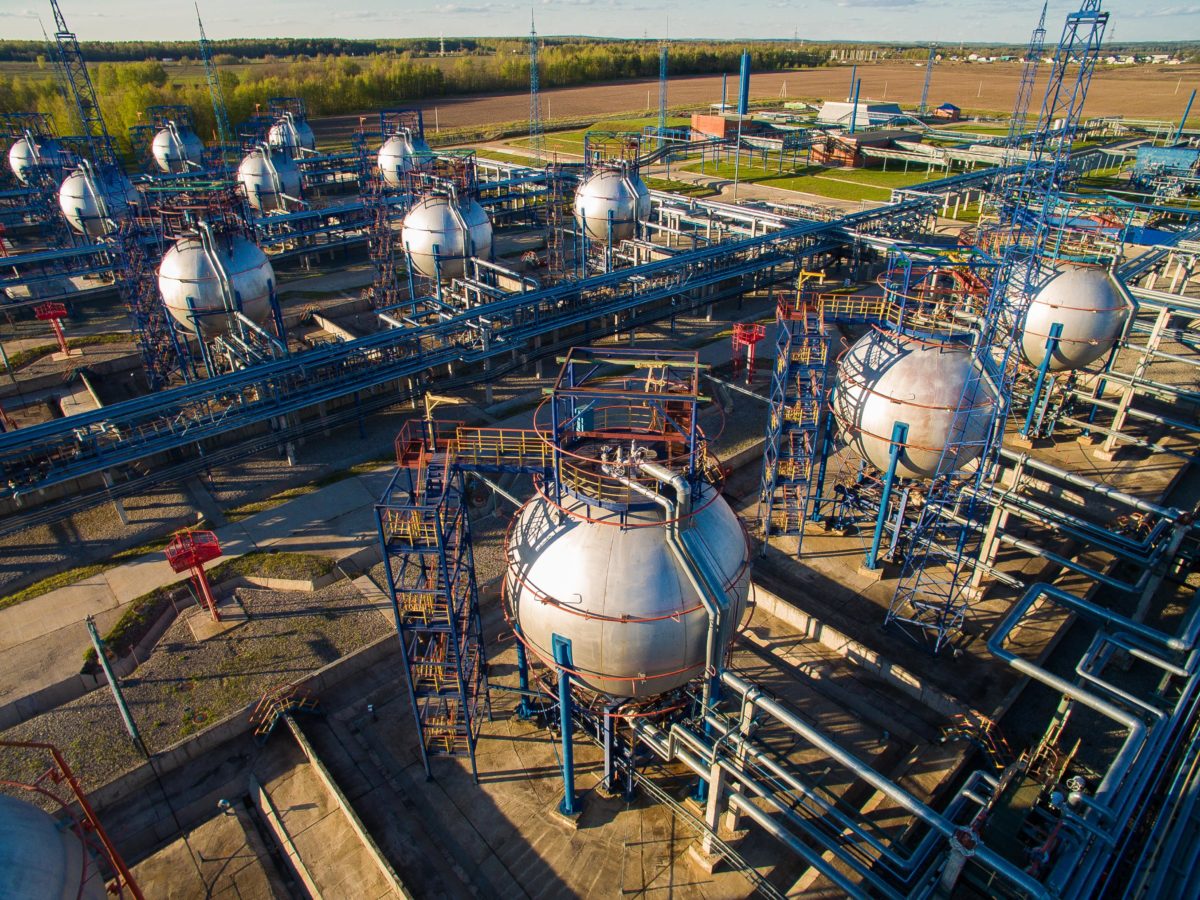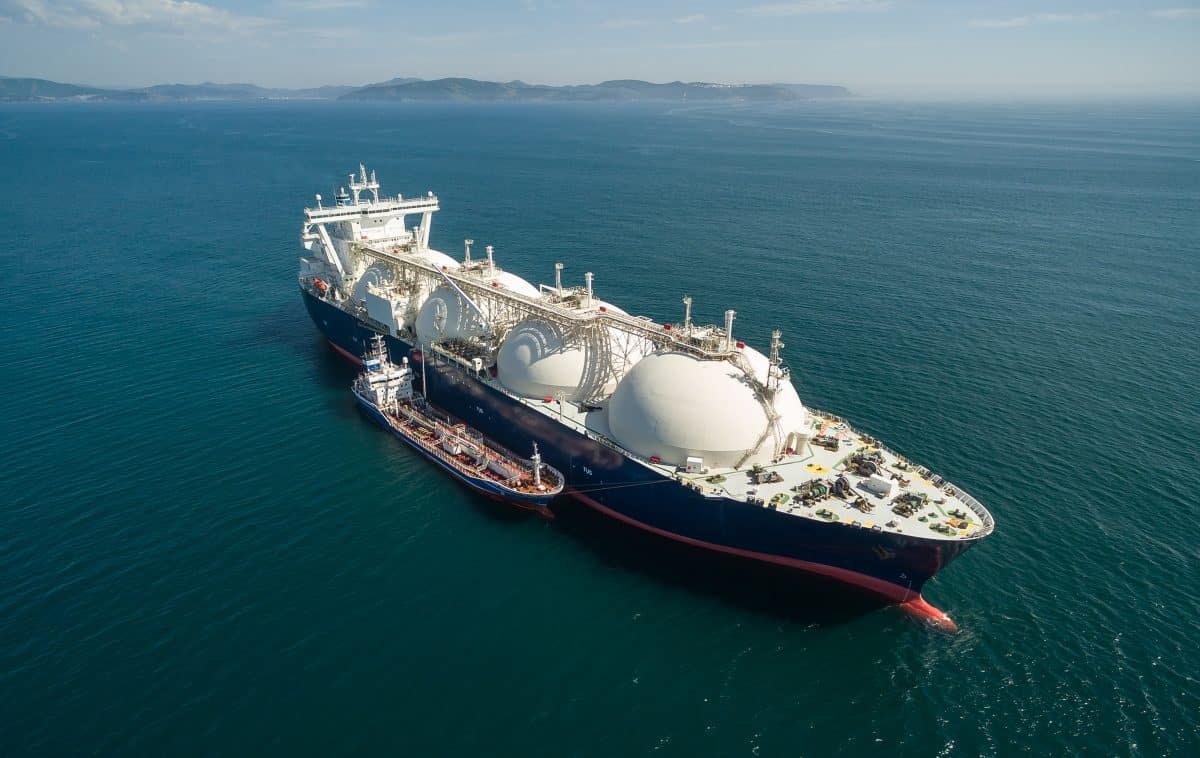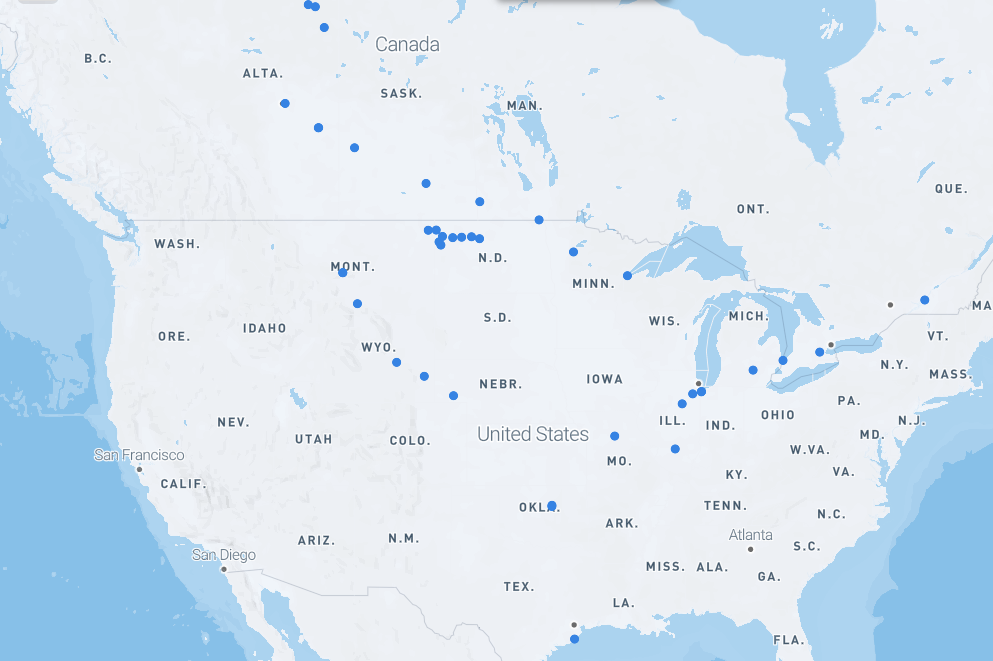Investment Thesis
Valero Energy (NYSE:VLO) has continued to demonstrate strength in its fundamentals as well as commitment to future growth through investment and diversification, however immediate wider restrictions and volatility serve only to dampen price action in the short term. We think VLO presents an immediate Hold opportunity until these uncertainties are navigated, at which point sustainably executed strategies will serve to give VLO the edge into the next uptrend.
Supply and Demand Imbalance
VLO is a refinery company based out of San Antonio whose core operations revolve around the manufacture, marketing, and distribution of petrochemical products, including ethanol and renewable diesel fuels. VLO has strategically grown its presence around the North American Gulf Coast, as well as select areas mid-continent.
The recent OPEC+ announcements involving the ceiling on oil production has persuaded analysts and the wider market that oil prices are set to rise as a result of a consistently strong and growing demand, pulling back refinery stocks due to fears of greater operating costs and weaker refinery margins. It can be said that this move by OPEC has provided an indicator of an immediate unsteady outlook for global oil.
As a refinery company, the profitability of VLO rests principally on the spread between crude oil and that of its refined products; a variable dependent on supply and demand. On the demand side it seems clear that businesses are continuing to transition back to office-based working, and China’s production ramp up tells the same story. When factoring in supply cuts it seems to complete a clearer picture of the potential for oil prices rising back towards triple digits, a vision shared by Paul Sankey.
There is currently an aggressive bill to enforce maximum refining margins on refinery companies to control price gauging in the face of increased costs of living. Higher oil prices are typically pushed forwards, absorbed by the consumer, however, supply cuts and refinery margin limits as a result of political pressures may prevent this going forwards. Volatility in the price of oil poses a greater risk to VLO going forwards because of potentially damaged refinery margins.
Diligent Diversification
VLO has committed to continued Investment into the Permian basin, one of North Americas most prominent energy sources, via its McKee refinery in the Texas Panhandle. Development in such a strategic location serves to further grow its asset base and out-muscle other immediate competition.
VLO has recently sought US approval to import Venezuelan oil, demonstrating efforts to renew energy deals and diversify its import options. The configuration of VLO refineries render them an industry leader in the number of unrefined crude oils that can be processed, however they are capable of processing heavier and lower quality crude with particularly high efficiency. It seems obvious that Venezuelan imports would serve to raise margins and encourage sustainable profitability, but this is all easier said than done.
Venezuelan import requires approval from Biden Administration following sanctions in 2019, and the US may not want to be seen easing sanctions amidst rising tensions. Nevertheless, Chevron (NYSE:CVX) was recently granted approval to continue limited operations, which may provide some light at the end of the tunnel for VLO regarding this matter.
Further evidence of growth and diversification is demonstrated by the successful acquisition of a defense contract with the defense logistics agency for the development of aviation fuels, with a maximum value of $906 million.
As well as this, there is a continued commitment to innovative renewable fuel development through sustainable aviation fuel production, achieved by investment into the Diamond Green Diesel Port Arthur plant in Texas. This will be critical when considering the importance of long-term carbon reduction strategies.
Reinforced Strategic Edges
Earnings throughout 2022 were record breaking due to the strength of refinery volumes (Q4 2022 refineries were running at 97% capacity) and margins amidst wider chaos surrounding energy market. The free cashflow generated as a result of this has opened up a plethora of positive options for VLO, namely debt management, share buybacks and increased dividend pay-outs. An opportunity for management to focus on shareholders is of course good news for the bulls.
It was partly for these reasons that it was expected Q1 2023 earnings (reported on the 27th of April) would remain strong as a result of favorable demand economics, outweighing the impact of turnaround experiencing lower throughput. VLO certainly didn’t disappoint, with an earnings beat of over 14% and a revenue beat exceeding 6%. It was clear that the 97% refinery capacities witnessed last year were unsustainable, however Q1 2023 capacities of 93% continue to impress and may provide an early signal of further strength for the next quarter.
Despite this, positive price action has been reluctant, in our opinion this is likely as a result of wider macroeconomic fears and general caution surrounding supply-demand uncertainty. The price of VLO is down around 7% year to date and down 15% over the last 3 months alone.
Nevertheless, it seems clear that foundations are continuing to strengthen, with a declared quarterly dividend of $1.02 which went ex-dividend last week, representing a forward yield of 3.76%. VLO has demonstrated remarkable stability with its dividend as a result of growing margins leading to a manageable pay-out ratio of 11.5%. The reliability of dividends is a clear indicator of sustainable shareholder initiatives, investors looking for income opportunities would be likely be well served in the long term by VLO if seeking some comfort within energy diversification.
VLO currently boasts an industry ranking of 3rd out of 23 on the seeking alpha platform, with a Quant rating that was recently downgraded from Strong Buy to the current Buy consensus. As well as this, Bank of America have awarded VLO with a top sector rating, citing favorable leverage to refining environments. Investors will feel that VLO has largely felt underappreciated by the market, but this recognition may well represent the start of a new chapter for market growth.
Strategic balance sheet diversification through added exposure to alternatives such as natural gas also demonstrates a commitment to sustainable growth, which is necessary to maintain the edge once the economic slowdown comes to a halt.
This provides a logical view into why Seeking Alpha’s current growth factor grade of a B may seem reliable when exploring further growth potential, this is to say that it seems likely growth will only strengthen from this point onwards.
Long-Term Technical Uncertainty
VLO recently broke beneath the 200-Day EMA which is relatively significant when considering the price of VLO has been more or less consistently above this long-term indicator for almost 2 years. This demonstrates that recent weakness runs deeper than a light sell-off and provides a strong argument that rushing in to buy shares just because they appear cheap could be a mistake without considering the full picture.
The integrity of a medium term buy case for VLO may rest on its’s ability to demonstrate a confident recovery towards this key indicator within the coming weeks, which it has achieved in past periods with little resistance.
The potential for a sharpish return to levels above the 200-Day EMA may also be supported by the recent MACD cross, which has historically provided a decent indication of future price strength as seen in December of last year.
Conclusion
In conclusion, recent OPEC activity has thrown a degree of uncertainty into energy markets which presents possible immediate supply volatility and a moderate threat to refinery margins as a result of unstable operating expenses.
Despite this volatility, VLO continues to diversify its refinery environments, revenue streams and balance sheet exposure; demonstrating a fundamentally strong and strategically sound foundation which could serve as an excellent edge once the economic slowdown cools off.
Superb refinery operating capacities, which have continued into 2023, have served to pull in record cashflows which enable an experienced management team to consider approaches to address additional shareholder benefits. When combined with a stable and growing dividend pay-out, VLO becomes an attractive option for those seeking income investing strategies during this wild energy market.
We are optimistic about the long term of VLO, however investors will be keen to see strength in the coming weeks for a possible return towards the 200-Day EMA to confirm a level of resistance against any potential severe downtrend.
This, when combined with ever present risks such as consumer behavioral changes, resource volatility and forced production cuts mean that we would like to see VLO weather the immediate storm before returning to a confident Buy rating, although investors willing to navigate these risks will likely find joy on the other side in a great refinery company.
By SeekingAlpha, June 16, 2023

